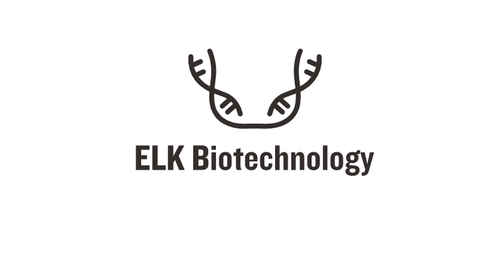Product Description
Human Testis anion transporter 1 (SLC26A8) ELISA Kit | AE18845HU | Abebio
Species Reactivity: Human (Homo sapiens)
Abbreviation: SLC26A8
Alternative Name: RP11-482O9.1; FLJ32714; TAT1; anion transporter/exchanger-8|testis anion transporter 1
Application: ELISA
Range: 0.312-20 ng/mL
Sensitivity: 0.118 ng/mL
Intra-Assay: ≤7.2%
Inter-Assay: ≤10.1%
Recovery: 0, 92
Sample Type: Serum, Plasma, Other biological fluids
Detection Method: Sandwich
Analysis Method : Quantitive
Test Principale: This assay employs a two-site sandwich ELISA to quantitate SLC26A8 in samples. An antibody specific for SLC26A8 has been pre-coated onto a microplate. Standards and samples are pipetted into the wells and anySLC26A8 present is bound by the immobilized antibody. After removing any unbound substances, a biotin-conjugated antibody specific for SLC26A8 is added to the wells. After washing, Streptavidin conjugated Horseradish Peroxidase (HRP) is added to the wells. Following a wash to remove any unbound avidin-enzyme reagent, a substrate solution is added to the wells and color develops in proportion to the amount of SLC26A8 bound in the initial step. The color development is stopped and the intensity of the color is measured.
Product Overview: SLC26A8 is one member of a family of sulfate/anion transporter genes. Family members are well conserved in their genomic (number and size of exons) and protein (aa length among species) structures yet have markedly different tissue expression patterns. This gene is expressed primarily in spermatocytes. Two transcript variants encoding different isoforms have been found. The deduced 970-amino acid protein has a calculated molecular mass of 109 kD. SLC26A8 contains 14 putative transmembrane regions with cytoplasmic N- and C-termini. It also contains several N-glycosylation sites, 4 of which reside in the major predicted external loop. SLC26A8 shares 26% identity with pendrin (SLC26A4), and 28% identity with DRA (SLC26A3) .
Stability: The stability of ELISA kit is determined by the loss rate of activity. The loss rate of this kit is less than 5% within the expiration date under appropriate storage condition. The loss rate was determined by accelerated thermal degradation test. Keep the kit at 37°C for 4 and 7 days, and compare O.D.values of the kit kept at 37°C with that of at recommended temperature. (referring from China Biological Products Standard, which was calculated by the Arrhenius equation. For ELISA kit, 4 days storage at 37°C can be considered as 6 months at 2 - 8°C, which means 7 days at 37°C equaling 12 months at 2 - 8°C) .
 Euro
Euro
 USD
USD
 British Pound
British Pound
 NULL
NULL








